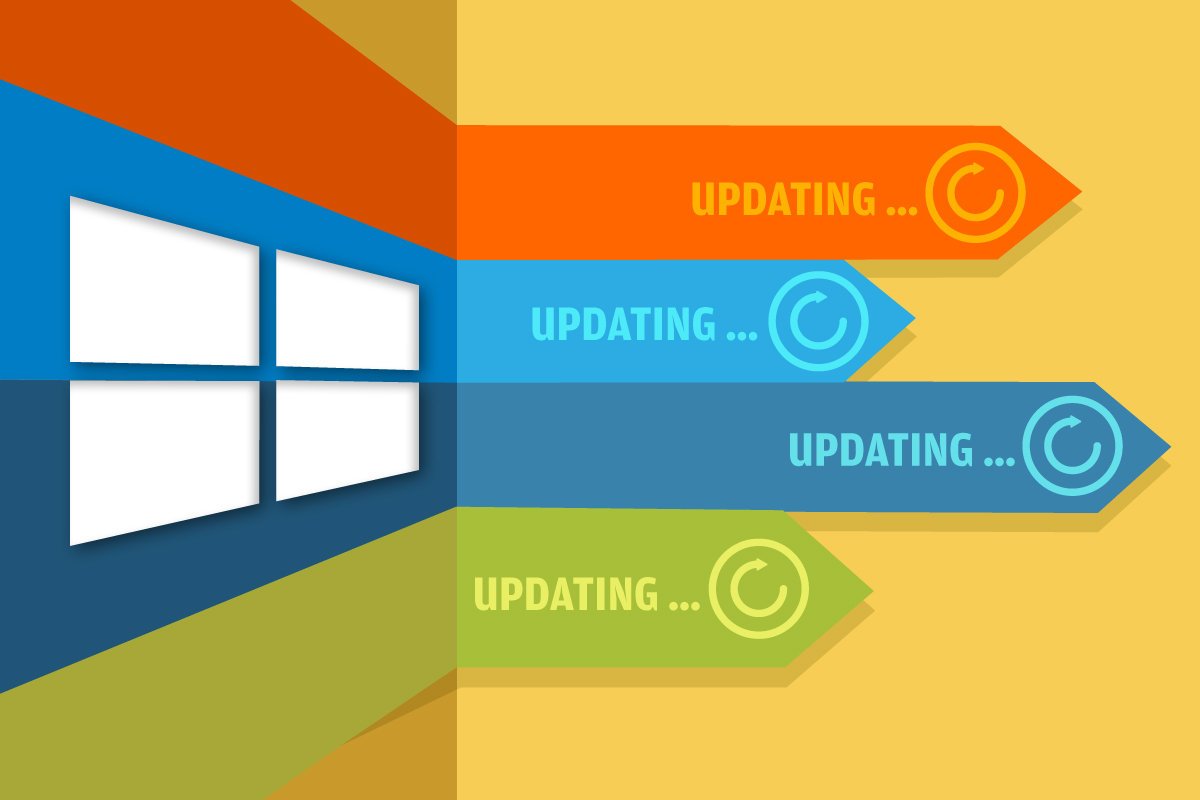Microsoft released the 2004 version of Windows 10 to its next consumers last night, saying it was "ready for widespread adoption" six months after its release.
The change of status means that this version of Windows 10, which was released by Microsoft in May 2020, is ready for anyone to install. Before this stage, Windows 10 users who were on older versions had to “search” for it information by checking for updates in Windows Update.
As of February 3, 2021, Microsoft he says: "Windows 10, 2004 version available for widespread adoption."
For businesses this means they can upgrade to the next version of Windows 10 without any problems.
As for the daring ones who tried to upgrade in May 2020, let them beware. But because of these daring, Microsoft can make money from companies that pay to have the company's operating system.
We could perhaps say that the free release of Windows 10 through Insiders channels, or through a upgrade offer that does not say end, is a win-win situation.
- Windows 10 version 2004: Fresh start does not work
- Windows 10 version 2004 error repair 0x80073712
- Windows 10 2004 does not store cookies and prevents logins
- Windows 10 2004 only 3 out of 10 run version
- Windows 10 (2004) Problem removing keyboard layout
Is it?
The consumer gets a free operating system but if things go wrong they lose peace of mind. I could recall things you know (BSOD, delete files, hardware incompatibilities) but I don't think it makes sense.
Everyone knows Windows from the good and the bad. The purpose of this post is not to blame an operating system that I rarely use anyway.
But Microsoft's approach irritates me unimaginably. Approaching the tests by the general public for six months (whatever that means) to make a reliable operating system available only to those who pay.
However Microsoft seems to be developing a faster update process for the updates capabilities. Moving from Windows 10 version 2004 to 20H2 (version 2009) was made much faster through an activation pack. Both versions were basically the same, and the activation package enabled new features that were already there. Microsoft used the same activation package to upgrade from Windows 10 version 1903 to version 1909.
Could these activation packages be used differently? Maybe. We see an operating system in two different versions containing different functions.
Recently, Microsoft tested another approach using the Windows Feature Experience Pack in the Windows Insiders Beta channel. It is intended to allow Microsoft to have feature enhancements in addition to major Windows 10 feature updates.
Are we in a new era of Windows 10? Will we soon be talking about two-speed Windows? I guess I should ask the question better.
We already have Windows 10 two-speed.
The former are available to the general public, and the latter, (the good ones) for those who pay to have them. Why not have Windows 10 with more or less features?





